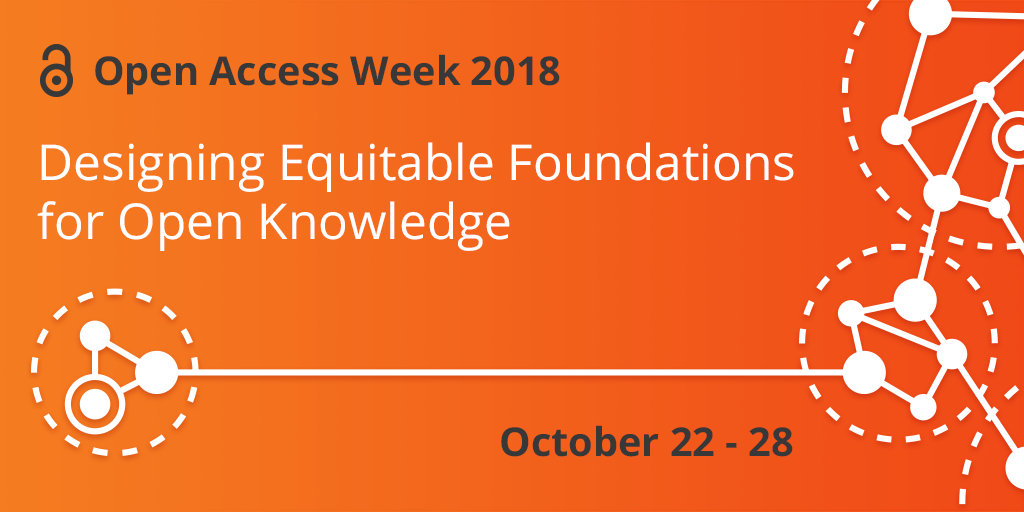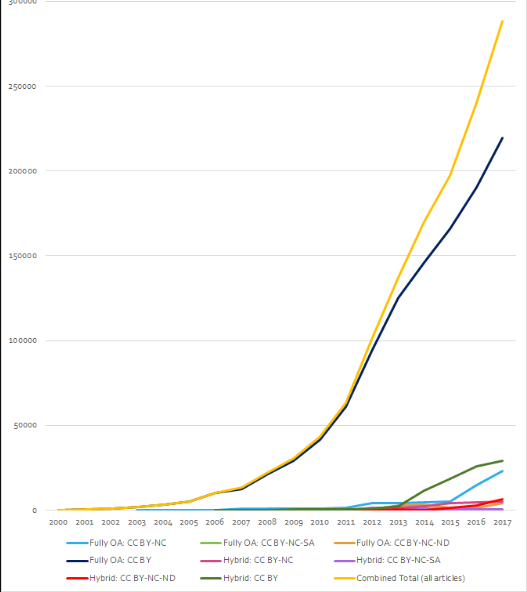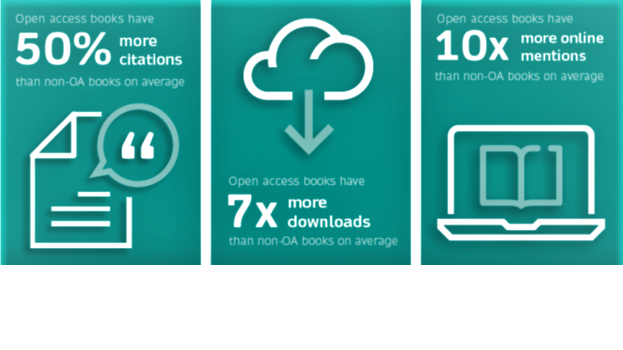
Does Publsihing on Open Access Journals Hurt Researchers Tenure?
Some researchers have concerns about the quality of open access journals. Those concerns mainly stem from open access journals’ perceived low quality peer-review process and their low impact factor: both are highly valued quality measures in the scientific community circles.
Publishing on Open access journals is a newly emerged approach of disseminating and giving access to scientific research outputs. In most cases most of high standard open access journals are 10 to 12 years old. They are immature in many senses and it’s very plausible to assume that (it’s also quite evident) they have low impact factor. To be honest it is not the right way to compare newly emerging journals impact factor with well established and industry leading classic scientific journals impact factor. High impact factor is still something which is highly associated with non-open access journals such as Nature and Science.
One of the most frequently raised concern in the scientific community, based on peer-review and impact factor, is whether a researcher can build promising career (tenure concern) by publishing on open access journals. So, does publishing on open access journals hurt researchers’ tenure? Jenny Blair’s article tries to answer this very question.
……………………………………………………………
Michael Eisen is a professor of genetics at the University of California, Berkeley. He’s a Howard Hughes Medical Investigator. He juggles over a dozen graduate students and postdocs. Yet his lab has never published a paper in Science, Nature, Cell, The Lancet or the New England Journal of Medicine. None appear in traditional high-impact genetics journals, either.
Instead, the lab’s papers appear only in open-access journals – those that are available to read online and free from financial “tolls” such as paywalls, subscriptions or other barriers restricting their audience – something the traditional journals can’t always boast.




